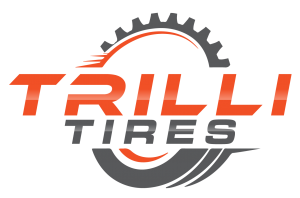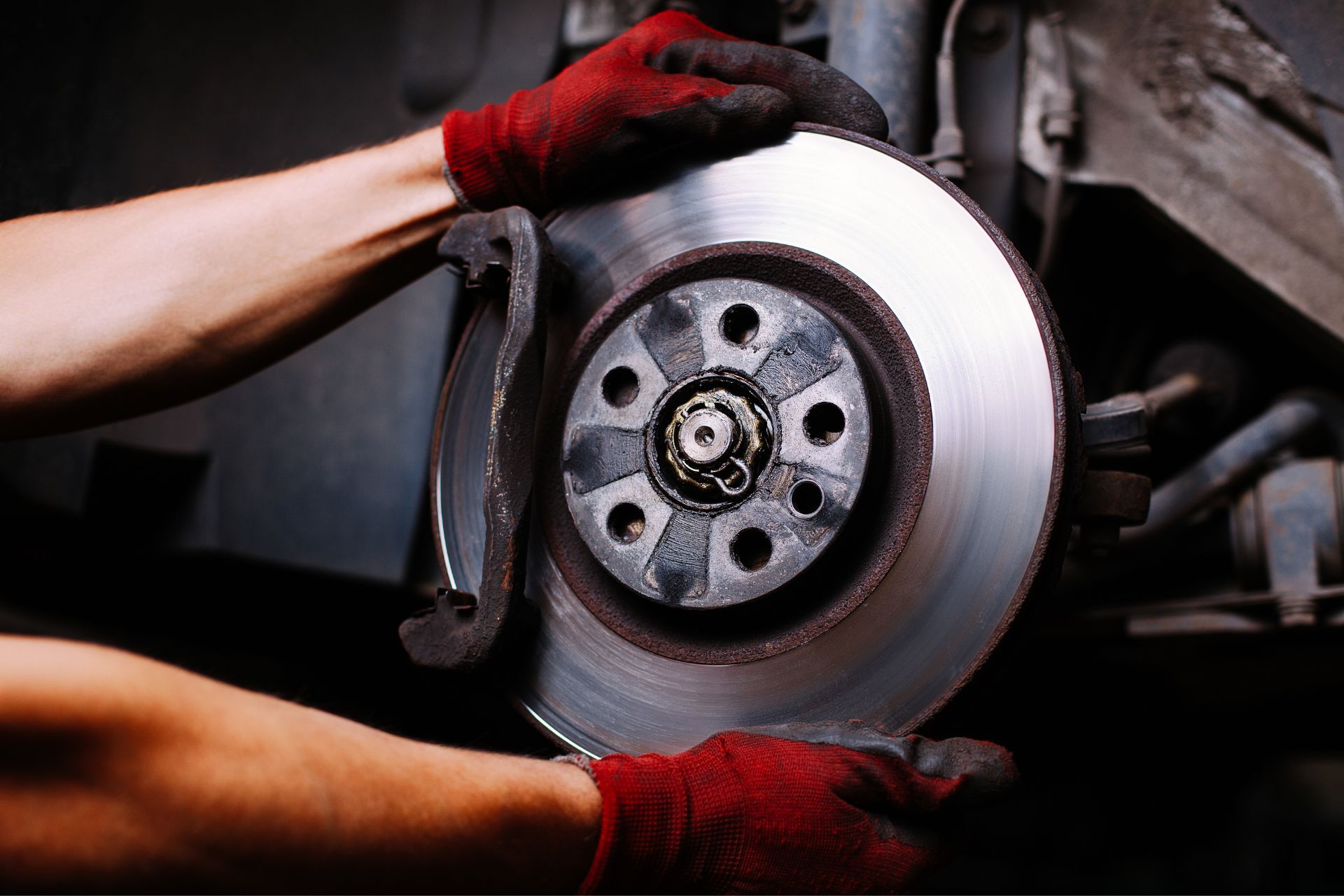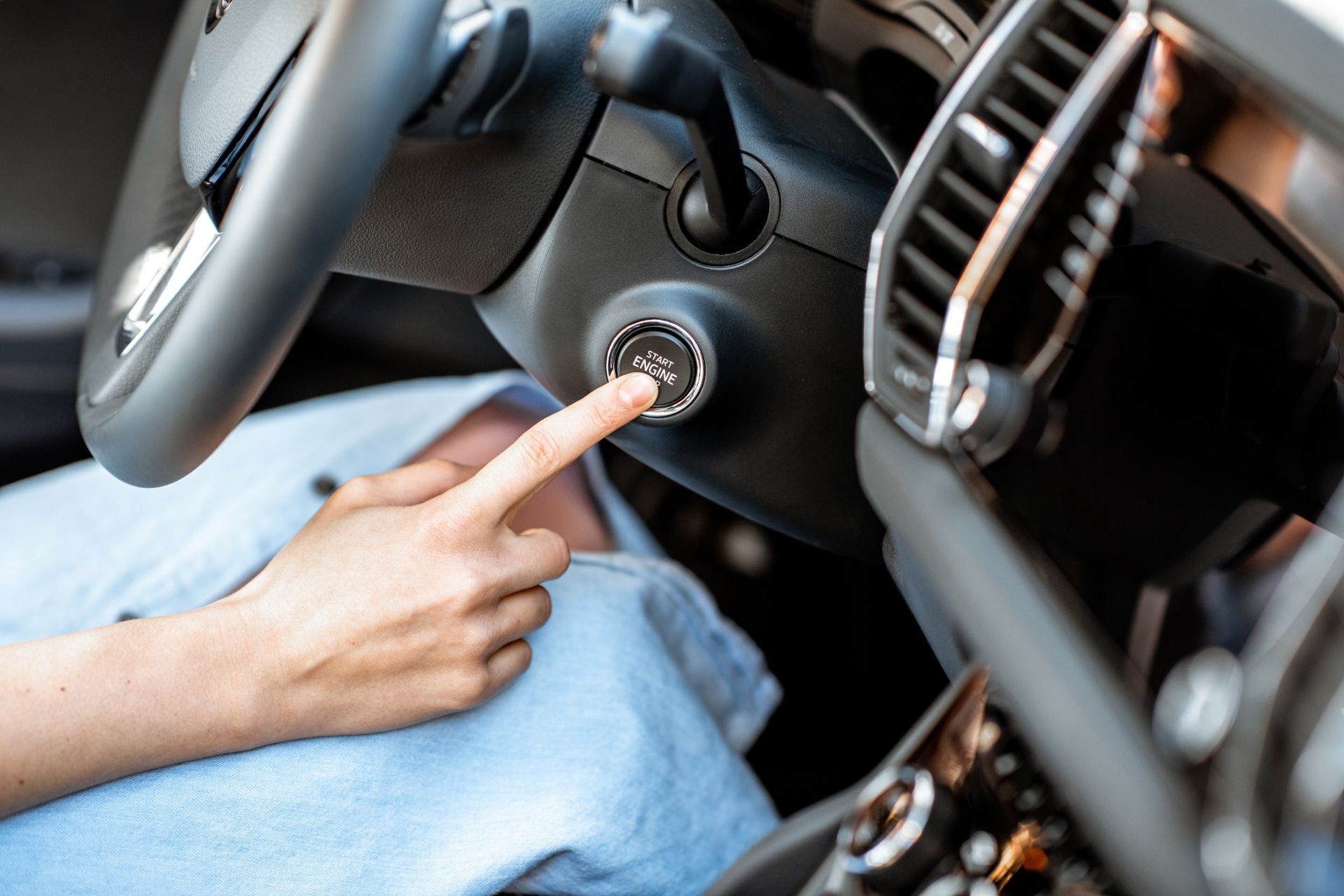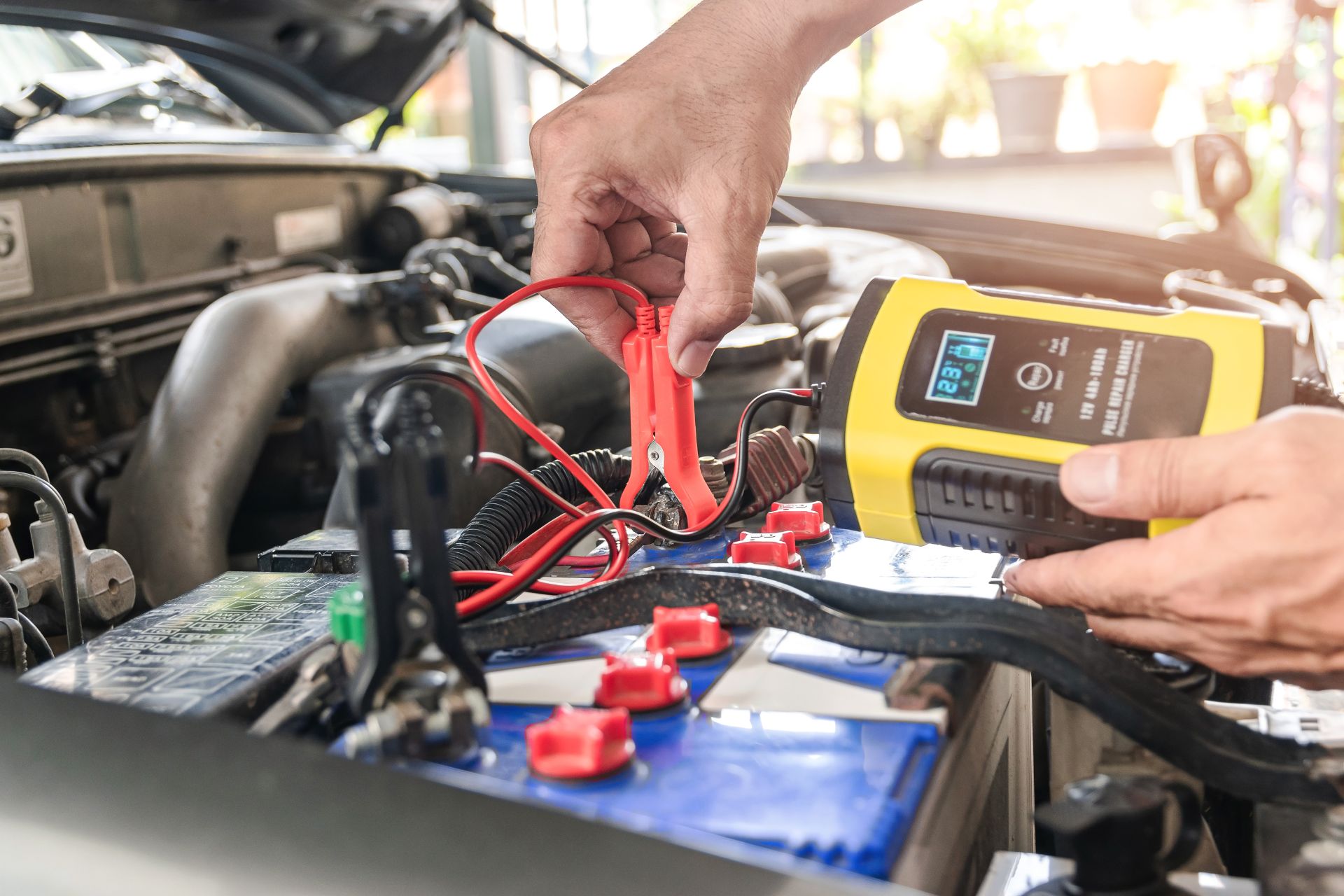When it comes to vehicle safety, few systems are as crucial as the braking system. Whether you’re driving on highways or city streets, reliable brakes are essential for preventing accidents and ensuring smooth driving. Brake maintenance is often overlooked, but it plays a significant role in your vehicle’s overall performance and safety. Many car owners might consider performing their own brake service as a way to save money, but this decision comes with a set of challenges and risks. In this article, we’ll explore the main differences between professional brake service and DIY maintenance, helping you understand why entrusting your vehicle to experts is often the best choice.
What Is Brake Service?
Before diving into the differences, it’s important to understand what brake service entails. Brake service refers to the maintenance, repair, or replacement of the components in your vehicle’s braking system. This includes the brake pads, rotors, callipers, brake fluid, and other related components that work together to bring your vehicle to a stop safely.
Routine brake service can involve checking the brake pads for wear, ensuring the brake fluid is at the proper level, inspecting the rotors for damage, and replacing worn-out components. For more extensive issues, brake service may include replacing the entire braking system or repairing faulty components.
The Appeal of DIY Brake Service
For many car enthusiasts and those looking to save money, DIY brake service can seem like an attractive option. With the right tools, knowledge, and confidence, it’s possible to perform brake maintenance at home. Here are some of the main reasons people opt for DIY:
- Cost Savings: One of the primary reasons car owners attempt DIY brake service is to avoid the high costs associated with professional repairs. Labour charges at auto shops can be expensive, and performing the service at home seems like an easy way to save money.
- Personal Satisfaction: Car enthusiasts enjoy the sense of accomplishment that comes from performing their own repairs. Successfully fixing or replacing brake components can provide a sense of pride and control over the vehicle.
- Flexibility: DIY brake service allows car owners to perform the work at their own convenience, without needing to schedule an appointment or wait for a mechanic to become available.
The Risks of DIY
While DIY brake service might seem like a good idea, it comes with significant risks. Brakes are one of the most critical components of your vehicle, and any mistakes made during maintenance can have dangerous consequences. Here are some of the risks associated with DIY brake service:
- Inadequate Tools and Equipment: Professional brake service requires specialized tools and equipment that many DIYers may not have. Using improper tools can lead to incorrect installation or damage to brake components, which can compromise your safety.
- Lack of Expertise: Even if you have the right tools, brake systems are complex, and a lack of experience can lead to errors. Misdiagnosing an issue or improperly installing brake pads, for example, can result in reduced braking efficiency or even brake failure.
- Time and Effort: Performing brake service on your own can be time-consuming, especially if you’re not familiar with the process. What might seem like a simple task can quickly turn into a frustrating and lengthy job, potentially causing delays in getting your car back on the road.
- Safety Hazards: Working on brakes involves handling heavy components, such as brake rotors and callipers, as well as dealing with brake fluid, which can be hazardous if not handled properly. Inadequate safety measures or mishandling of parts can lead to injuries or accidents.
The Benefits of Professional Brake Service
A professional mechanic offers several advantages that DIY maintenance simply cannot match. Here’s why it’s often worth the investment to have your brakes serviced by a certified mechanic:
- Expert Knowledge and Experience: Professional mechanics have years of training and hands-on experience working with brake systems. They can quickly identify issues that may not be immediately obvious to the average car owner. Their expertise ensures that the service is done correctly and that your vehicle is safe to drive.
- Access to Specialized Tools: The service requires a variety of specialized tools that are often expensive or difficult to acquire for DIY purposes. Mechanics have access to high-quality equipment that allows them to perform the service efficiently and accurately.
- Comprehensive Inspections: When you take your vehicle to a professional for brake service, you’re not just getting a quick fix. A professional will thoroughly inspect all components of the braking system, including the pads, rotors, callipers, and fluid. This ensures that any potential issues are addressed before they become major problems.
- Proper Installation and Calibration: Brakes must be installed and calibrated correctly to function optimally. Professional mechanics ensure that every part is fitted precisely, reducing the risk of malfunction or uneven wear. This is especially important for components like brake pads and rotors, which must be aligned perfectly to prevent noise or vibration.
- Warranty and Peace of Mind: Many professional shops come with warranties, offering peace of mind in case something goes wrong after the service. If you perform DIY maintenance and something breaks or fails, you may be left with costly repairs and no recourse for reimbursement.
- Efficiency and Time Savings: A professional job is often faster and more efficient than DIY repairs. Mechanics can complete the job in a fraction of the time it would take an inexperienced DIYer. This means less downtime for your vehicle and fewer disruptions to your daily routine.
How to Choose the Right Brake Service for Your Vehicle
It’s important to consider the reputation and experience of the mechanic or auto shop. Look for a service provider with certified technicians who specialize in brake systems and have a track record of satisfied customers. Additionally, ensure that the shop uses high-quality parts and offers warranties on their work.
Professional Brake Service vs. DIY
While DIY brake service may seem like a way to save money, it carries significant risks that can compromise your safety and the performance of your vehicle. Professional brake service, on the other hand, ensures that your brakes are properly maintained and functioning at their best. With expert knowledge, specialized tools, and comprehensive inspections, professional mechanics can provide a level of service that DIYers simply cannot match.
If you’re due for brake maintenance or need a full brake service, don’t take chances with your safety. Contact TrilliTires in Richmond Hill for expert brake services that keep your vehicle performing at its best. Your safety is our priority, and we ensure that your brakes are in top condition for smooth, reliable driving.





